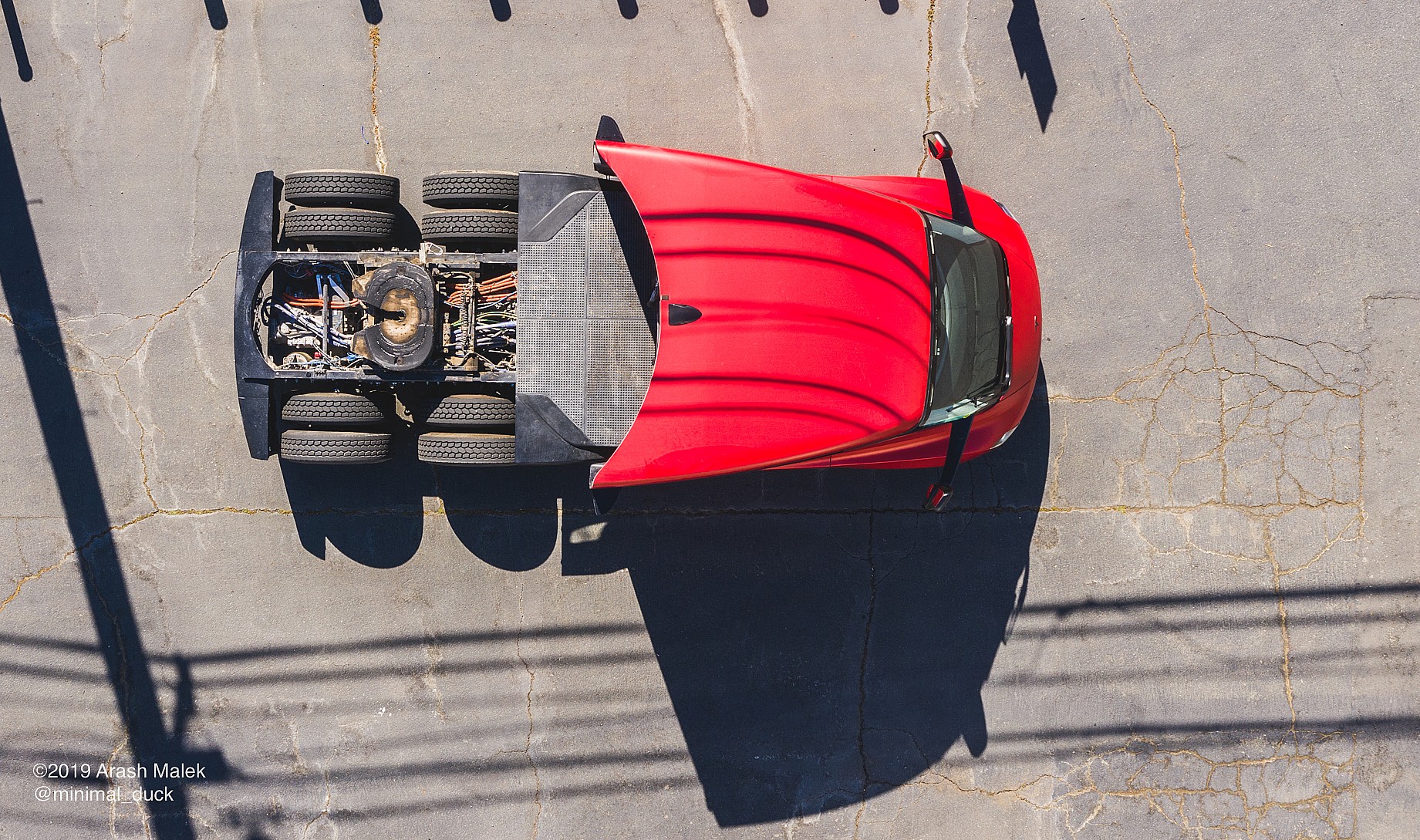
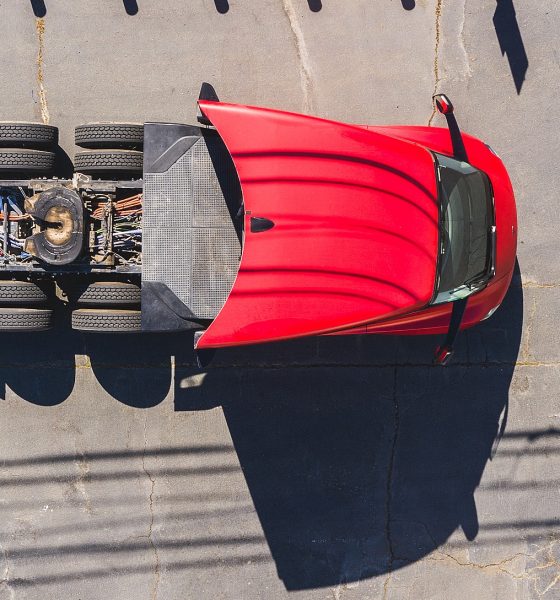
News
Tesla’s next ‘big unveil’ after Model Y will be its battery growth story
Tesla’s 2020 is bound to be a historic year, for more reasons than initially expected. Unlike 2017 and 2019, which were marked by impressive product unveiling events for the Semi, next-gen Roadster, Model Y, and Cybertruck, 2020 is poised to be a year where Tesla simply optimizes its operations to such a point that the company becomes sustainably profitable.
Save for 2018, Tesla has adopted the practice of unveiling new vehicles and energy products in a steady stream. This will not be the case this year, since Elon Musk himself has noted following the Cybertruck’s unveiling event that Tesla will not be holding formal vehicle launches for a while. The Model S Plaid is expected to be rolled out later this year, but the vehicle’s launch could be similar to that of the Raven Model S and X — subtle and simple.
Unlike previous years, Tesla will likely not be focusing too much on the rollout of an upcoming vehicle after initial Model Y deliveries are conducted. With the all-electric crossover being manufactured and delivered to customers, Tesla will likely end up focusing its resources on strengthening its core technology, particularly its batteries. This will partly be due to the arrival of three vehicles that are set to be released soon: the Tesla Semi, the next-gen Roadster, and the Cybertruck.
Part of the reason behind the Model Y’s quicker than expected production ramp is due to the vehicle’s similarity to the Model 3. The two midsize EVs share 75% of their parts, which meant that their production process is not too different from each other. Tesla learned a hard lesson with the Model X and the Model S by over-designing the SUV and making it far too different compared to its sedan sibling, which resulted in massive production delays. This lesson appears to have been learned and adopted for the Model Y ramp.
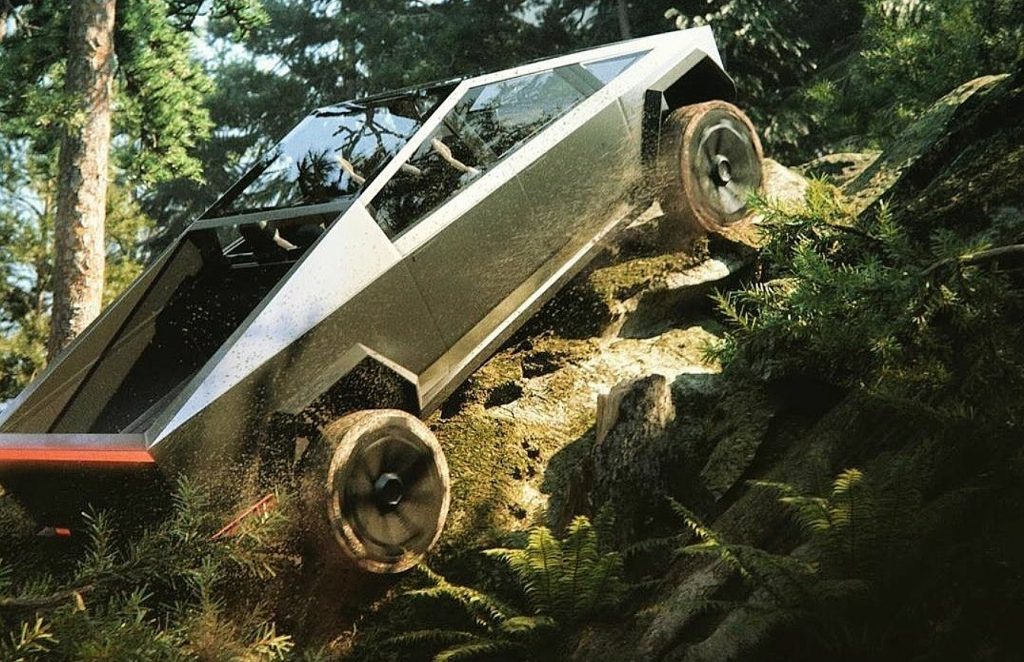
But Tesla’s next three vehicles are not quite as simple as the Model Y in terms of their battery tech and production processes. While the Model Y will likely use the same battery packs as its Model 3 sibling, the Semi, Cybertruck, and new Roadster do not. In fact, due to their specs and features, each of these new vehicles will likely be equipped with batteries that hold Tesla’s best and latest innovations, and they be built on platforms that are new and specifically designed for each vehicle.
The Semi, for example, is a Class 8 long-hauler that has a range of 300-500 miles per charge. Its capability to haul 80,000 pounds of weight on the road is no joke, and the vehicle’s near-sports car performance suggests that the Semi requires a very large battery pack. Tesla has not revealed the size of the batteries in the two Semi prototypes that are undergoing real-world testing today, but speculations from the EV community go as high as 1 MWh due to the truck’s weight. With better battery efficiency, optimized software, and higher energy density in its cells, Tesla may be able to achieve the Semi’s long-range targets without necessarily using as many batteries as a small fleet of Model 3s.
The Cybertruck is not as large as the Semi, but it seems to require some notable battery improvements as well due to its price and specs. A top-tier Cybertruck costs below $70,000, and for that price, Tesla is offering over 500 miles of range per charge. Considering that the all-electric pickup truck is not exactly as sleek as the Model S in terms of aerodynamics, achieving such a range will likely require the all-electric pickup to have a pretty hefty battery. Batteries are usually considered as one of the most expensive parts of an EV, so it would be interesting to see just how low Tesla can push its battery prices down to make a behemoth of an EV go over 500 miles at a sub-$70,000 price.
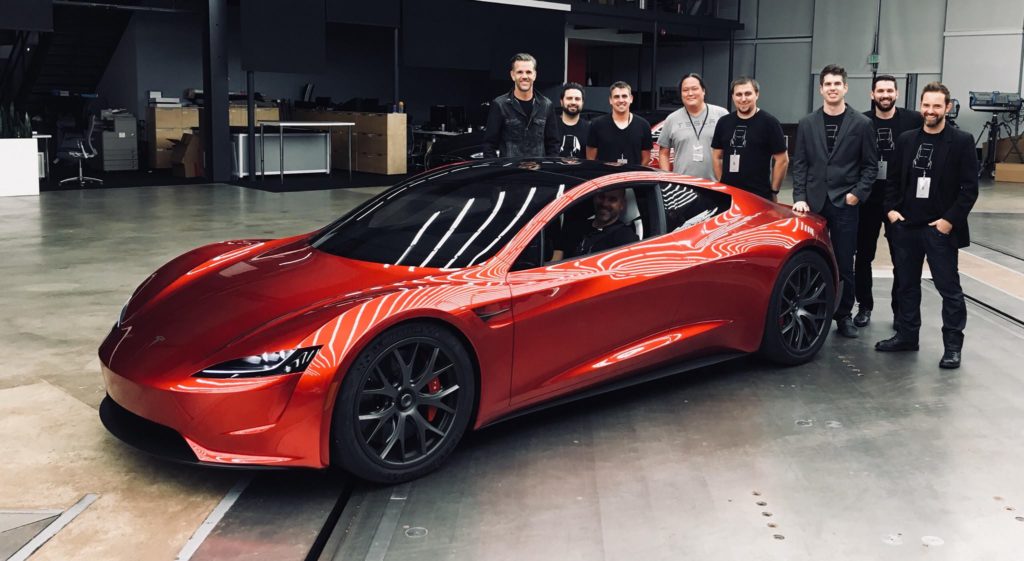
The next-gen Roadster may only be seeing a production rate of about 10,000 per year, according to Elon Musk, but the vehicle still requires improvements in its batteries to become a definitive “hardcore smackdown to gasoline cars.” This is because the Roadster was announced with a 200-kWh battery pack that provides 620 miles of range. Tesla was at a different place when it announced the next-gen Roadster’s specs. Hence, it would not be a stretch to speculate that the production version of the all-electric supercar will either have a slightly smaller but more energy-dense battery that still provides 620 miles of range, or a 200 kWh battery pack that offers far beyond 1,000 km in one charge.
Tesla’s growth story is usually tied to the company’s release of one best-selling electric vehicle after another. But this year, after the Model Y, Tesla’s growth story will become more of a battery-driven narrative. The company’s battery tech will ultimately determine whether or not the Semi, Cybertruck, and new Roadster will be a success. But if Tesla’s batteries are up for the task, the company’s disruption of the auto industry will likely end up accelerating even more.
What’s pretty interesting to note is that all these potential battery-related breakthroughs also apply towards Tesla’s Energy business, which is rarely even considered by Wall Street when analysts evaluate the company. Every battery-related milestone that is rolled out to the company’s vehicles is also introduced to its energy storage devices. With this in mind, it is not too farfetched to speculate that this year may also end up becoming a renaissance of sorts for Tesla Energy. Part of this push could involve the introduction of slightly smaller but more energy-dense residential batteries and a line of cheaper energy storage units that are just as good as the company’s current products.
This sounds like another disruption in the making.

News
Tesla Europe rolls out FSD ride-alongs in the Netherlands’ holiday campaign
The festive event series comes amid Tesla’s ongoing push for regulatory approval of FSD across Europe.
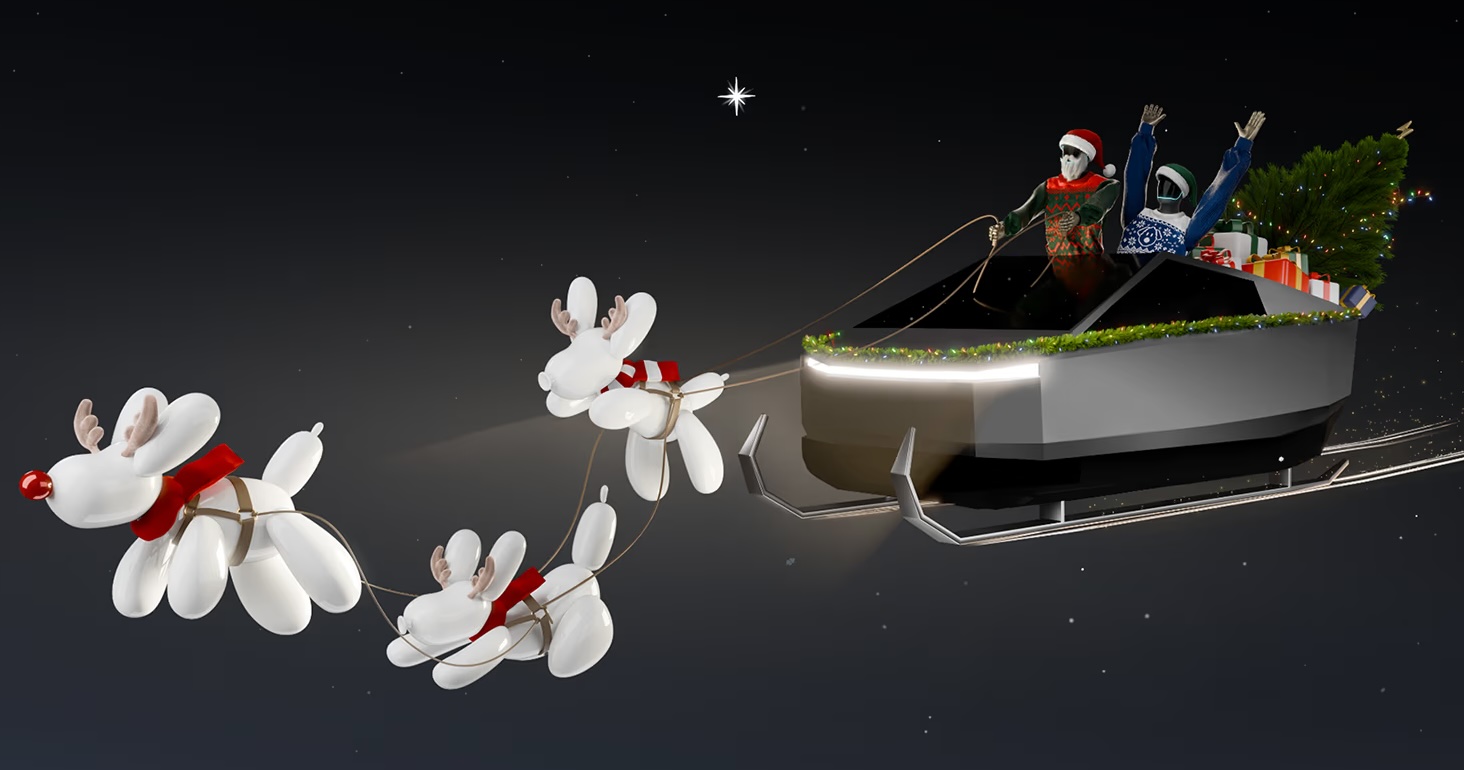
Tesla Europe has announced that its “Future Holidays” campaign will feature Full Self-Driving (Supervised) ride-along experiences in the Netherlands.
The festive event series comes amid Tesla’s ongoing push for regulatory approval of FSD across Europe.
The Holiday program was announced by Tesla Europe & Middle East in a post on X. “Come get in the spirit with us. Featuring Caraoke, FSD Supervised ride-along experiences, holiday light shows with our S3XY lineup & more,” the company wrote in its post on X.
Per the program’s official website, fun activities will include Caraoke sessions and light shows with the S3XY vehicle lineup. It appears that Optimus will also be making an appearance at the events. Tesla even noted that the humanoid robot will be in “full party spirit,” so things might indeed be quite fun.
“This season, we’re introducing you to the fun of the future. Register for our holiday events to meet our robots, see if you can spot the Bot to win prizes, and check out our selection of exclusive merchandise and limited-edition gifts. Discover Tesla activities near you and discover what makes the future so festive,” Tesla wrote on its official website.
This announcement aligns with Tesla’s accelerating FSD efforts in Europe, where supervised ride-alongs could help demonstrate the tech to regulators and customers. The Netherlands, with its urban traffic and progressive EV policies, could serve as an ideal and valuable testing ground for FSD.
Tesla is currently hard at work pushing for the rollout of FSD to several European countries. Tesla has received approval to operate 19 FSD test vehicles on Spain’s roads, though this number could increase as the program develops. As per the Dirección General de Tráfico (DGT), Tesla would be able to operate its FSD fleet on any national route across Spain. Recent job openings also hint at Tesla starting FSD tests in Austria. Apart from this, the company is also holding FSD demonstrations in Germany, France, and Italy.
News
Tesla sees sharp November rebound in China as Model Y demand surges
New data from the China Passenger Car Association (CPCA) shows a 9.95% year-on-year increase and a 40.98% jump month-over-month.
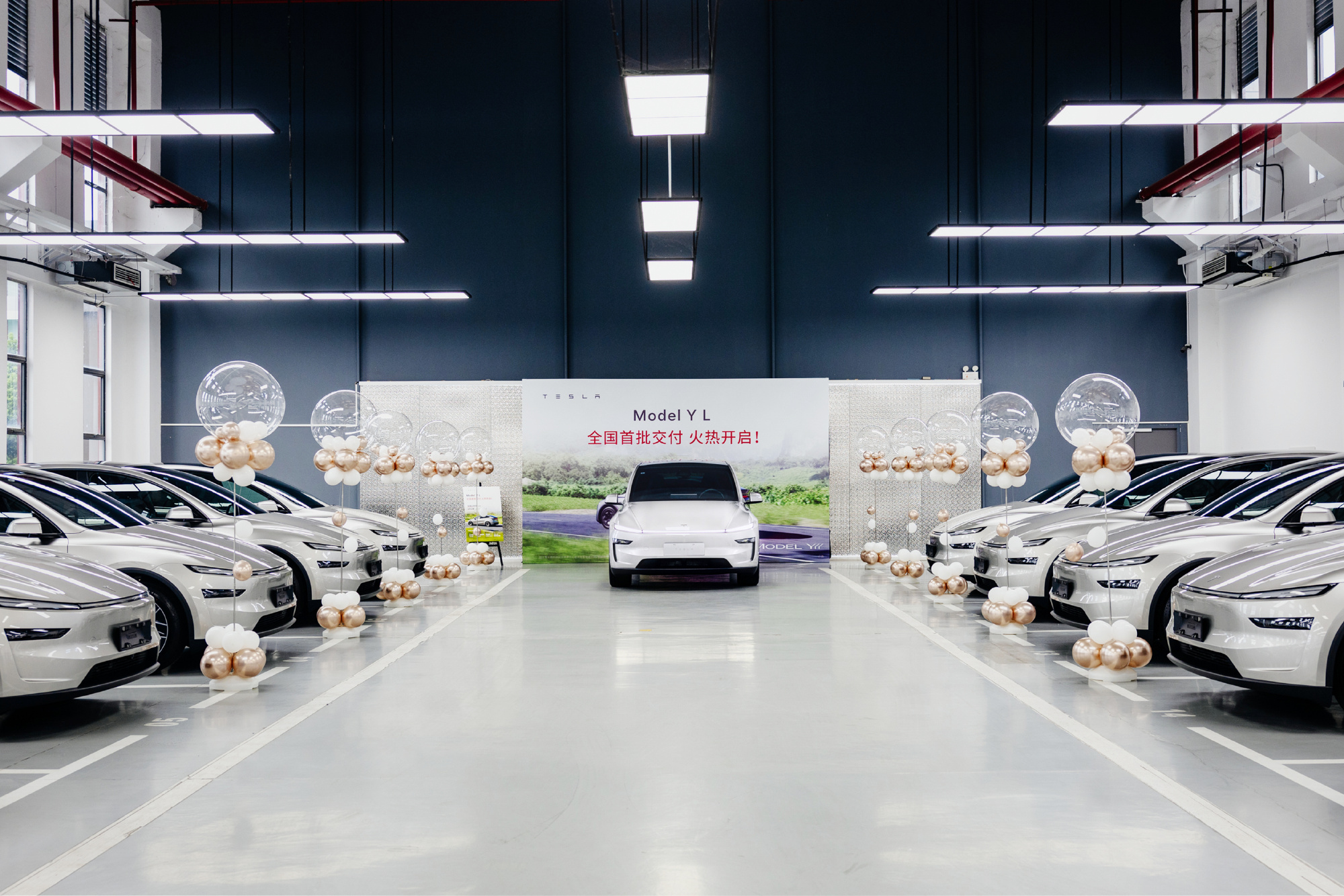
Tesla’s sales momentum in China strengthened in November, with wholesale volumes rising to 86,700 units, reversing a slowdown seen in October.
New data from the China Passenger Car Association (CPCA) shows a 9.95% year-on-year increase and a 40.98% jump month-over-month. This was partly driven by tightened delivery windows, targeted marketing, and buyers moving to secure vehicles before changes to national purchase tax incentives take effect.
Tesla’s November rebound coincided with a noticeable spike in Model Y interest across China. Delivery wait times extended multiple times over the month, jumping from an initial 2–5 weeks to estimated handovers in January and February 2026 for most five-seat variants. Only the six-seat Model Y L kept its 4–8 week estimated delivery timeframe.
The company amplified these delivery updates across its Chinese social media channels, urging buyers to lock in orders early to secure 2025 delivery slots and preserve eligibility for current purchase tax incentives, as noted in a CNEV Post report. Tesla also highlighted that new inventory-built Model Y units were available for customers seeking guaranteed handovers before December 31.
This combination of urgency marketing and genuine supply-demand pressure seemed to have helped boost November’s volumes, stabilizing what had been a year marked by several months of year-over-year declines.
For the January–November period, Tesla China recorded 754,561 wholesale units, an 8.30% decline compared to the same period last year. The company’s Shanghai Gigafactory continues to operate as both a domestic production base and a major global export hub, building the Model 3 and Model Y for markets across Asia, Europe, and the Middle East, among other territories.
Investor's Corner
Tesla bear gets blunt with beliefs over company valuation
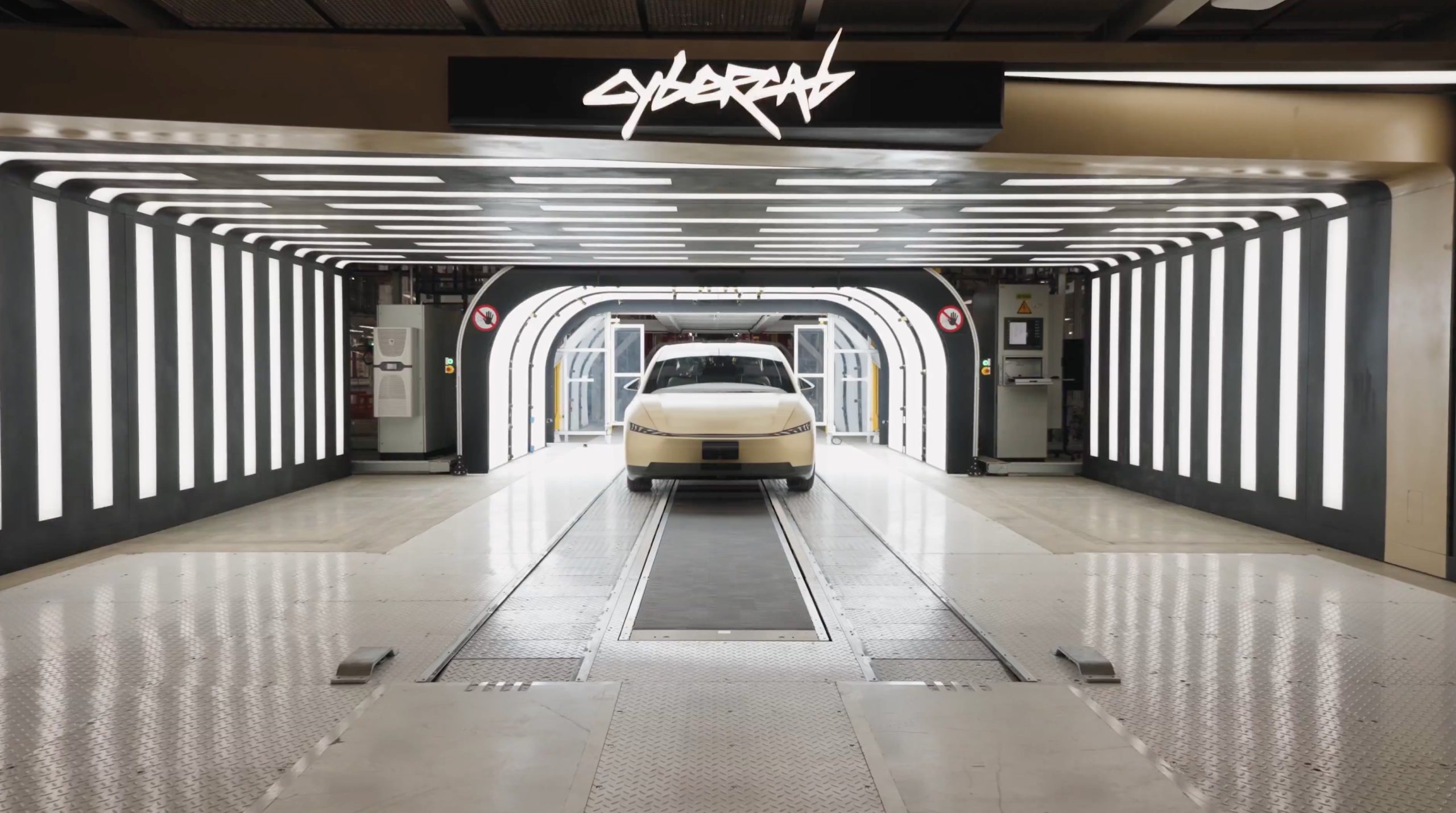
Tesla bear Michael Burry got blunt with his beliefs over the company’s valuation, which he called “ridiculously overvalued” in a newsletter to subscribers this past weekend.
“Tesla’s market capitalization is ridiculously overvalued today and has been for a good long time,” Burry, who was the inspiration for the movie The Big Short, and was portrayed by Christian Bale.
Burry went on to say, “As an aside, the Elon cult was all-in on electric cars until competition showed up, then all-in on autonomous driving until competition showed up, and now is all-in on robots — until competition shows up.”
Tesla bear Michael Burry ditches bet against $TSLA, says ‘media inflated’ the situation
For a long time, Burry has been skeptical of Tesla, its stock, and its CEO, Elon Musk, even placing a $530 million bet against shares several years ago. Eventually, Burry’s short position extended to other supporters of the company, including ARK Invest.
Tesla has long drawn skepticism from investors and more traditional analysts, who believe its valuation is overblown. However, the company is not traded as a traditional stock, something that other Wall Street firms have recognized.
While many believe the company has some serious pull as an automaker, an identity that helped it reach the valuation it has, Tesla has more than transformed into a robotics, AI, and self-driving play, pulling itself into the realm of some of the most recognizable stocks in tech.
Burry’s Scion Asset Management has put its money where its mouth is against Tesla stock on several occasions, but the firm has not yielded positive results, as shares have increased in value since 2020 by over 115 percent. The firm closed in May.
In 2020, it launched its short position, but by October 2021, it had ditched that position.
Tesla has had a tumultuous year on Wall Street, dipping significantly to around the $220 mark at one point. However, it rebounded significantly in September, climbing back up to the $400 region, as it currently trades at around $430.
It closed at $430.14 on Monday.









